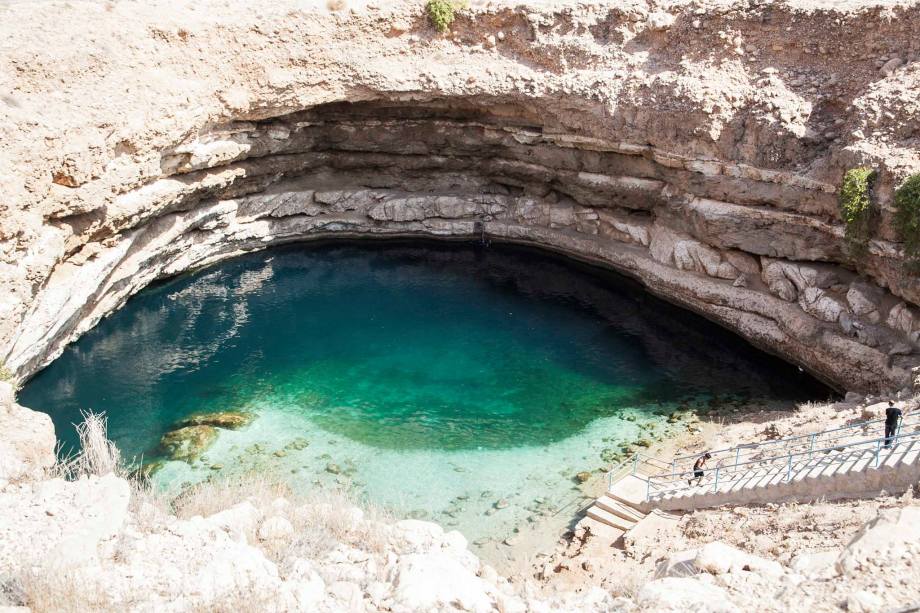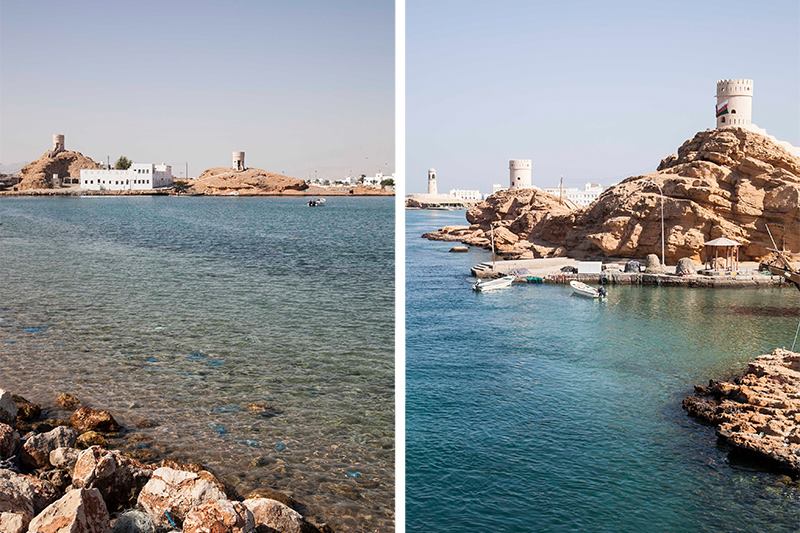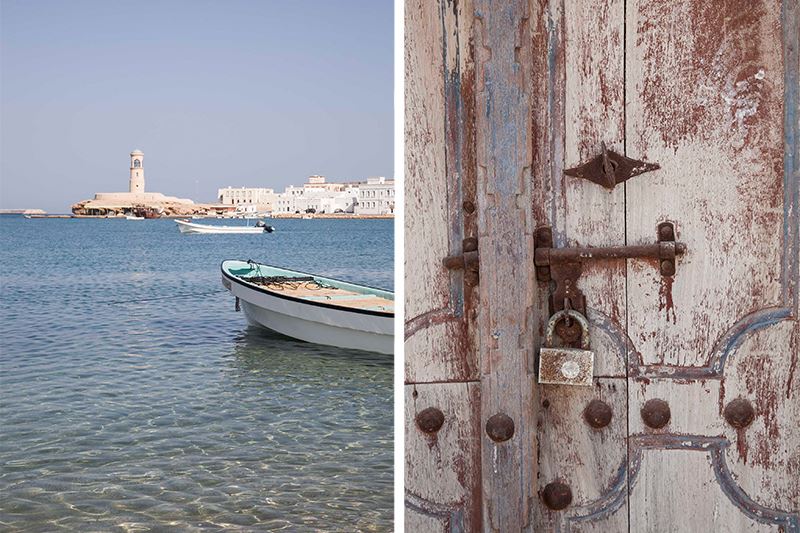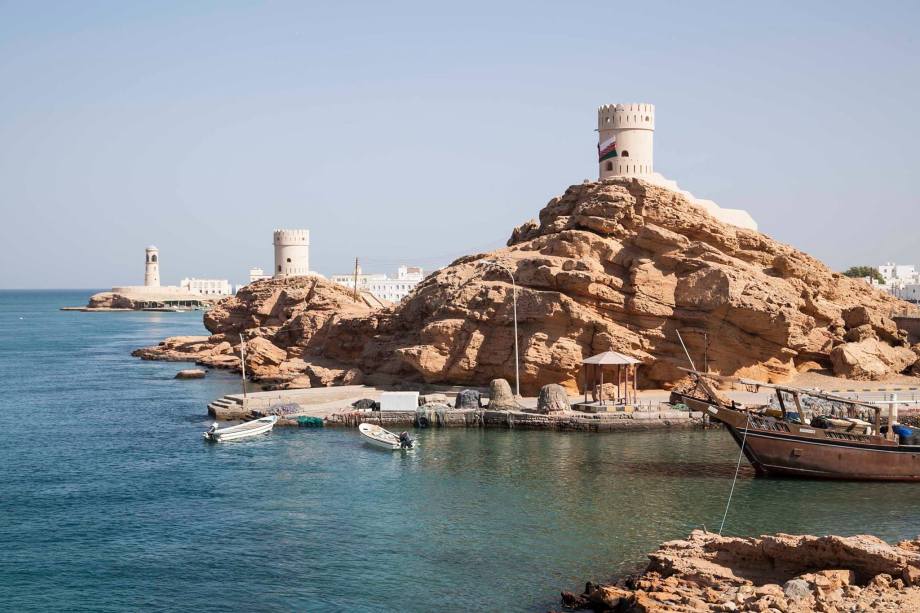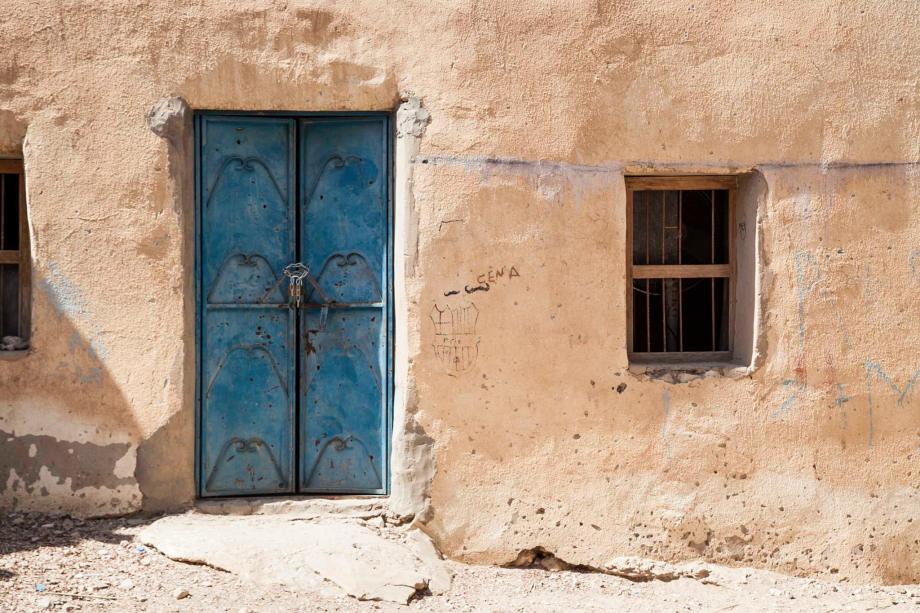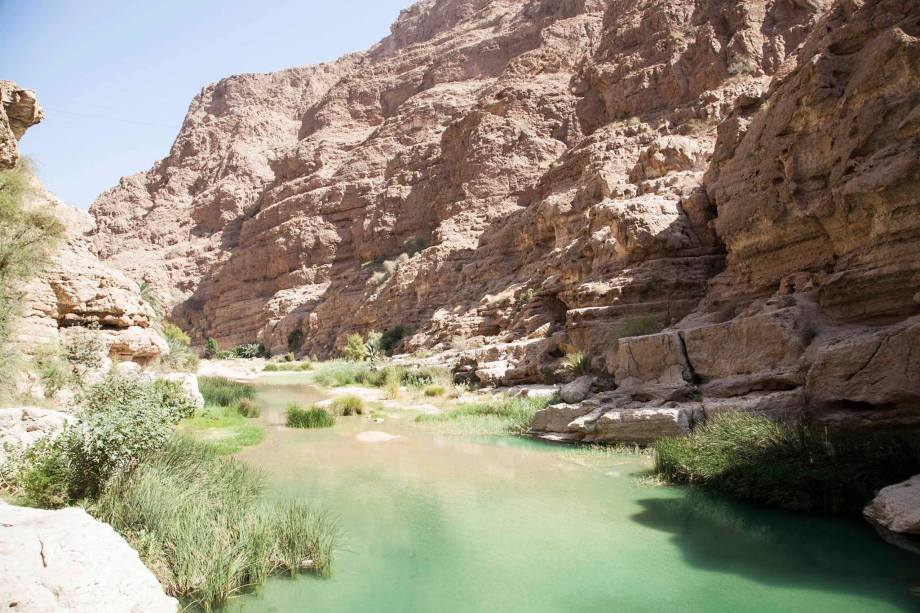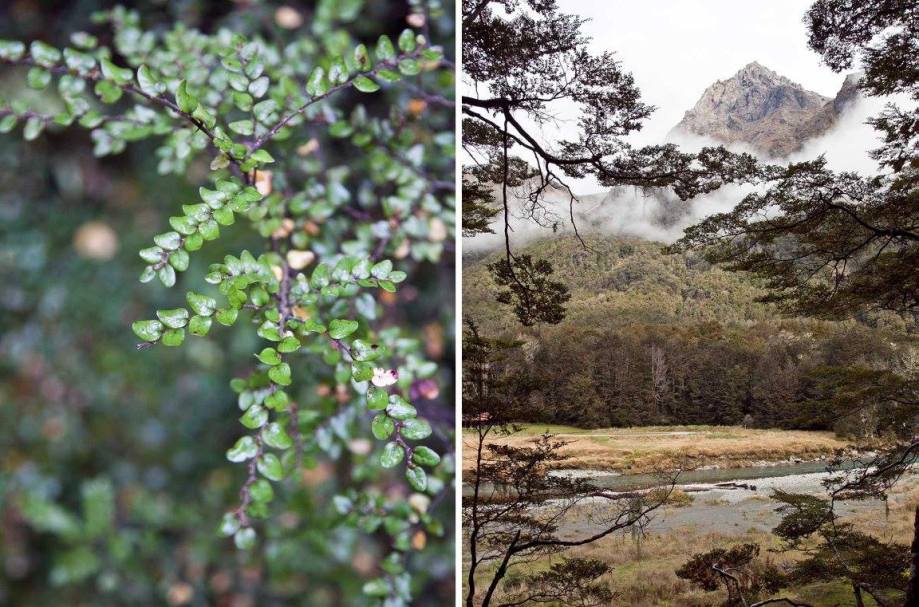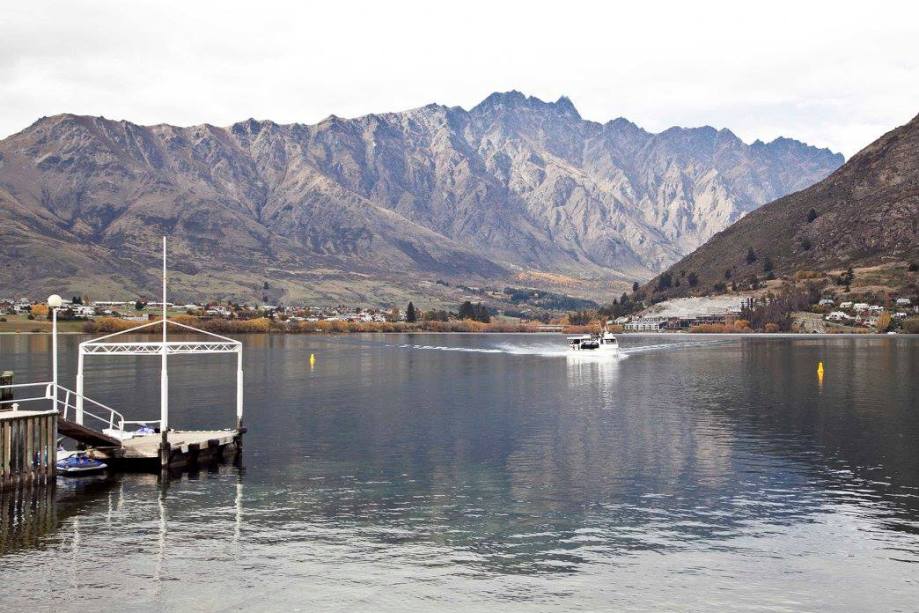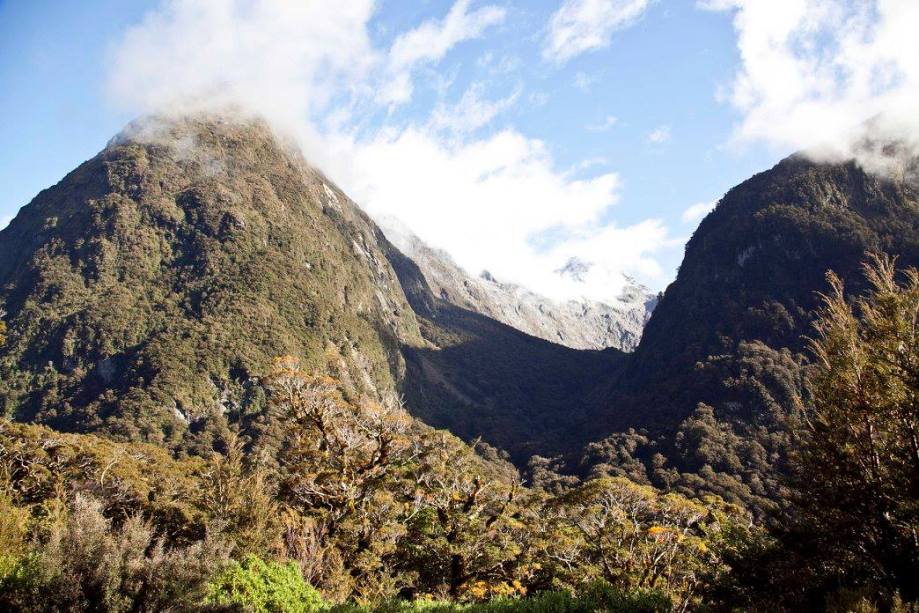I know we’ve only just arrived in Oman, but we had a four day long weekend for National Day and the Sultan’s Birthday, so we went to Cyprus. We want to take advantage of being so much closer to Europe, Africa (I’ve just booked a trip to Tanzania for a week in January!) and Asia, so we’re trying to squeeze in a few holidays where we can. Cyprus was never on my bucket list. We did toss up going to Iran, Sri Lanka or Zanzibar, but we, I mean Jonathan, decided on Cyprus. It was a good decision at the end, as we felt that Iran might be a bit too culturally restrictive; we needed more time to see Sri Lanka properly; and the weather forecast for Zanzibar was rain and storms – plus, the flight times for all these destinations were not favourable, especially since we had such a short timeframe to work with. We had wonderful weather in Cyprus, as it was sunny everyday, with an average of 16 degrees in the mountains and 22 degrees on the coast. And being the low season, there were hardly any tourists about.
Lefkara was our first stop. When travelling through Cyprus, take time to visit some of the many rural villages, as here is where you get a real taste of authentic Cyprus. Not only will you see old and traditional streets and buildings, but you will get a taste of everyday Cypriot life – women doing the grocery shopping at the local markets, men sitting in cafes during the afternoon hours and children running through the narrow streets.
We stopped in Lefkara primarily to buy some well known Lefkara lace, but the village is also very pretty and worth visiting. There are numerous small stores scattered through the streets which sell lace and embroidery which has been made by local women. Although they all sell tablecloths, napkins, sheet sets, cushion covers, etc., each woman has her own designs and aesthetic. We bought a small square tablecloth made of locally woven linen, with sections of crotchet and lovely lace embroidered floral motifs, which we currently keep on our dining table. Being the low season, many of the cafes were closed and the streets were very quiet, but I can imagine that the village would be buzzing with tourists during the summer months.
We spent the night in Trimiklini, at the base of the Troodos Mountains, in a lovely 300 year old family home which had be wonderfully restored and tastefully decorated. In the morning, we did an hour walk through the forest to Caledonia Falls. We did part of a 4 hour return walk (6km return) – we didn’t want to spent all our morning hiking, so only walked from Platres to the falls, which was just over an hour return. The morning was fresh, but not too cold. We ran into an Englishman who had been living in Cyrpus for 15 years and had worked for the tourism board. He gave us some great information and tips for travelling through the Troodos Mountains.
After our walk, we headed to Kykkos Monastery, which was about an hour drive from Platres, to have a look at the beautiful mosaics. These mosaics are not very old, but they are absolutely stunning. They decorate much of the exterior walls of the monastery. The monastery was originally founded in the 11th century, but has been rebuilt several times, due to fires. They current buildings were built from 1831 onwards, but the monastery has a lovely serene feel about it, and is a wonderful place to visit while you’re in the Troodos Mountains.


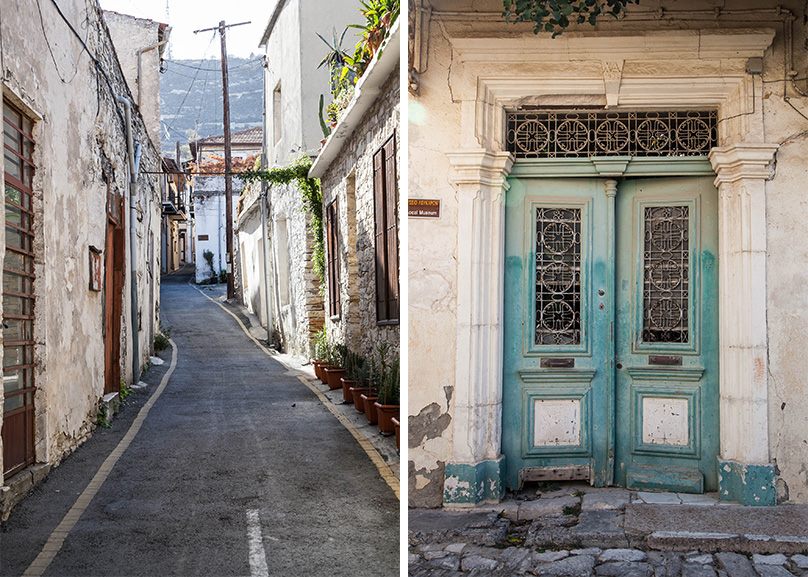







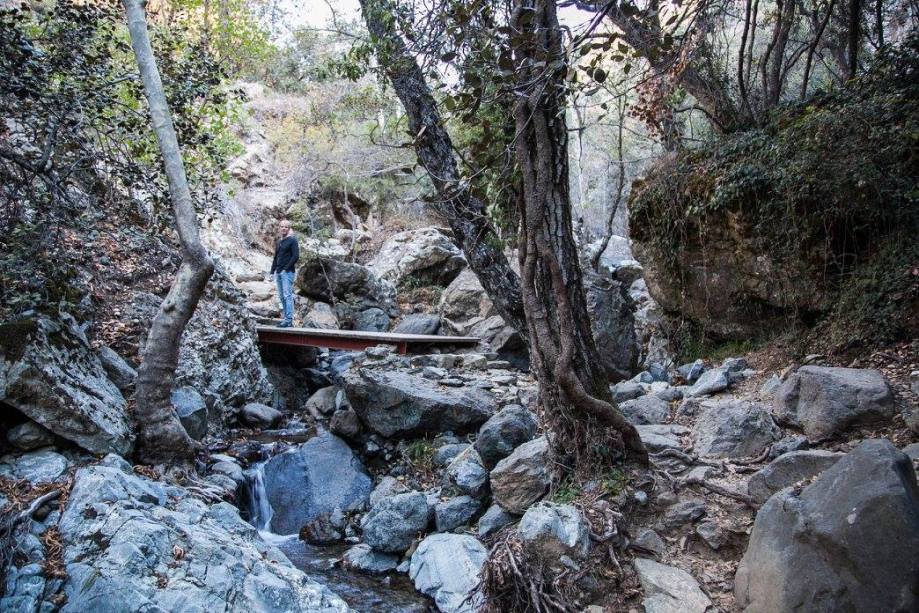

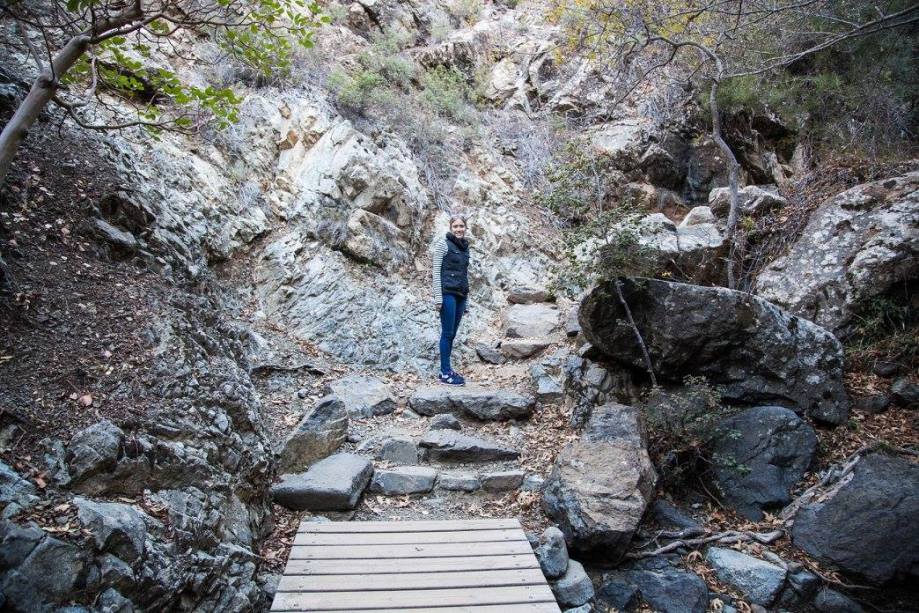






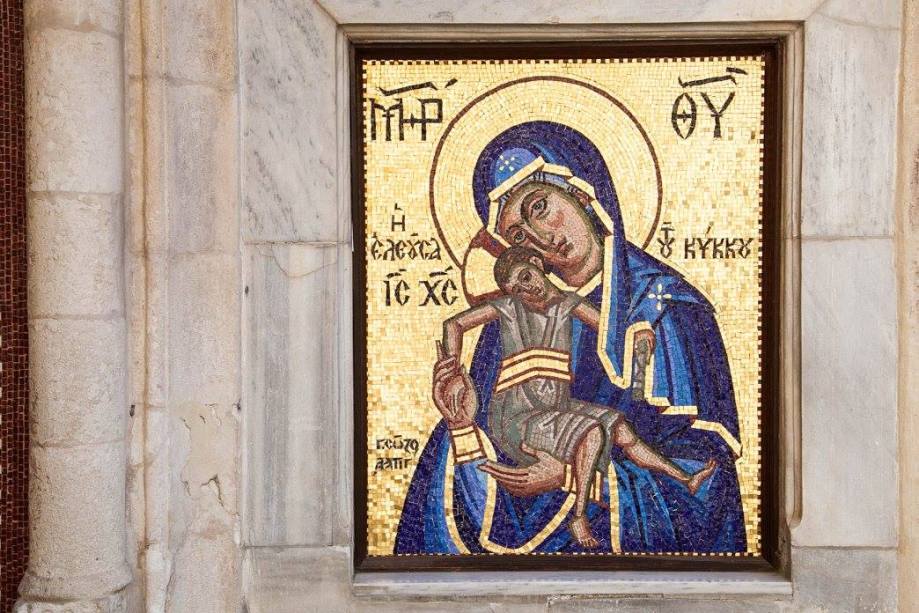





 \
\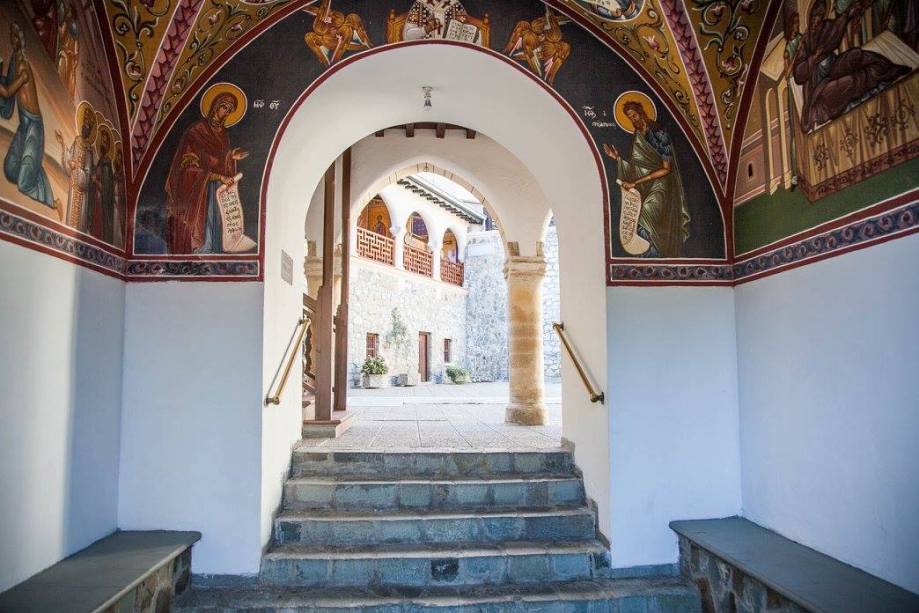
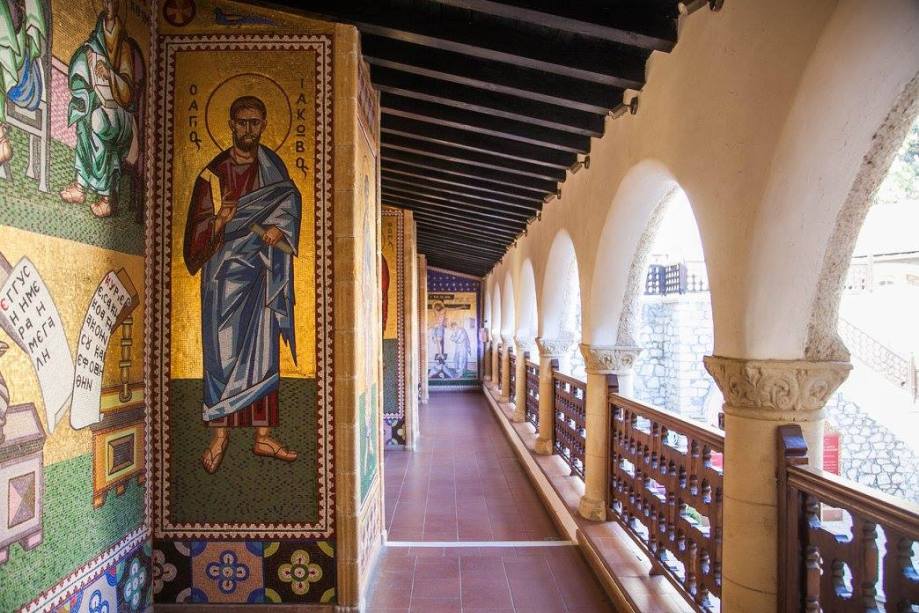
Essentials:
Getting There:
Hire a car from Larcana airport, as public transport doesn’t really exist outside the cities. I’d recommend taking a good map, or even a GPS, as although most places are reasonably well signposted, the signposts can be rather confusing at times and it is easy to get lost.
Stay:
We stayed at Juniper Mountain Retreat, a wonderfully restored home, which has been in the same family for 300 years. We’re not ones to stay in five star resorts or swanky hotels – we’d rather stay in authentic and simple guesthouses, and this was one of the nicest places we have stayed in to date.
Buy:
Lace in Lefkara and orthodox icons at Kykkos Monastery. There are many women in Lefkara selling lace, so take time to visit a couple of stores to get an idea of what you like. Also speak to a few women, many of them speak English reasonably well, and ask them to describe their techniques, so you can differentiate between handwoven and machine made pieces. You will pay much more for handmade items, but the work is far superior. If you’re after orthodox icons, Kykkos Monastery is the place to go. Again, handmade works are pricier, but you get a quality piece. There are a few gift stores outside the monastery which sell mass produced icons. If you’re after a special piece, there are two stores within the monastery grounds which sell handmade icons made at the monastery.




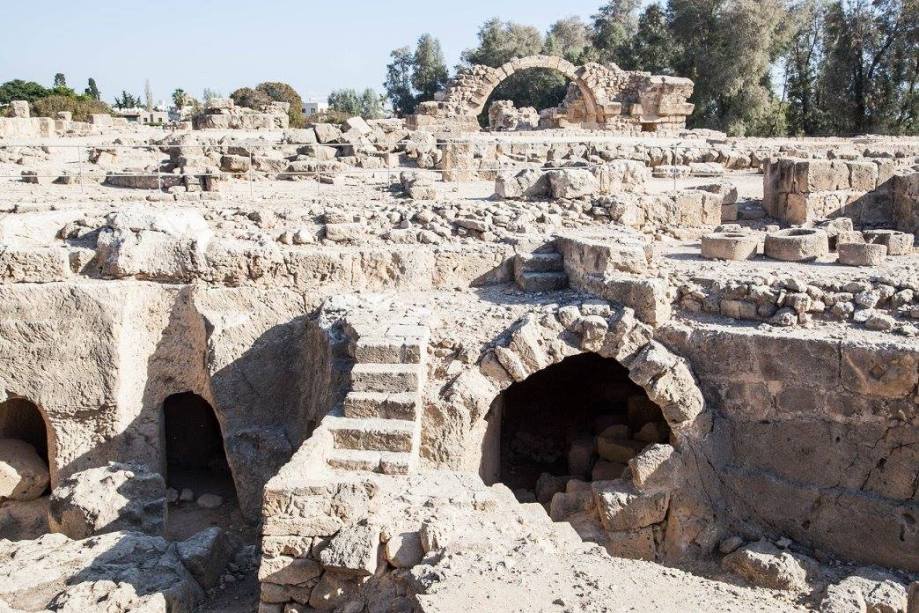
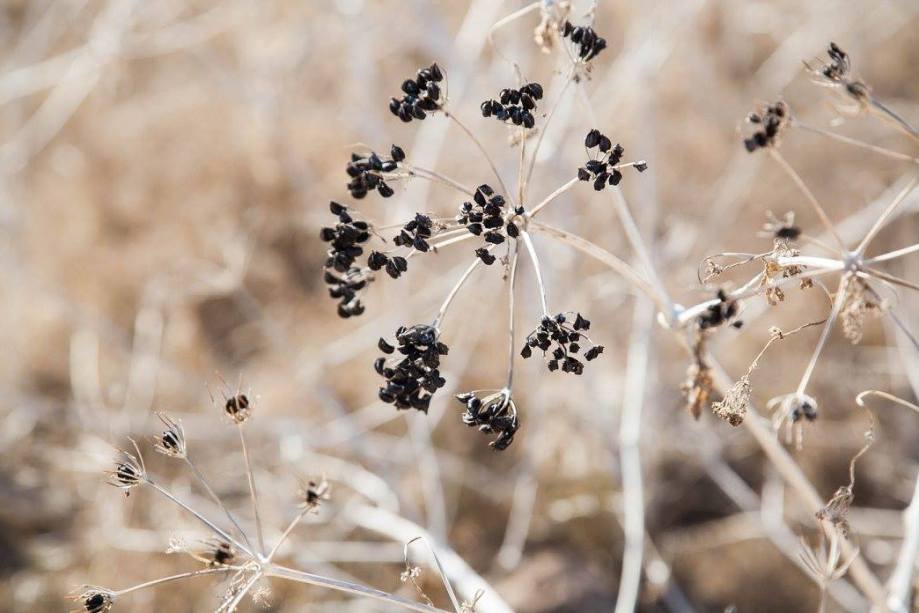









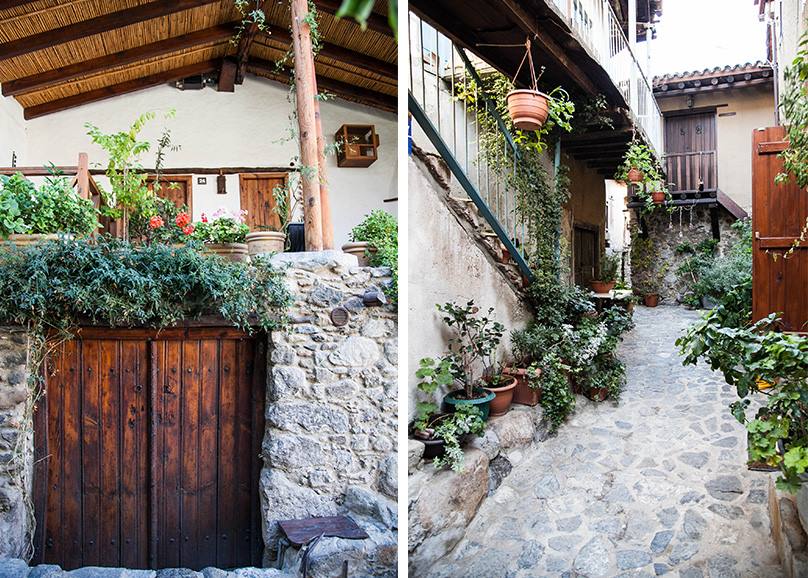






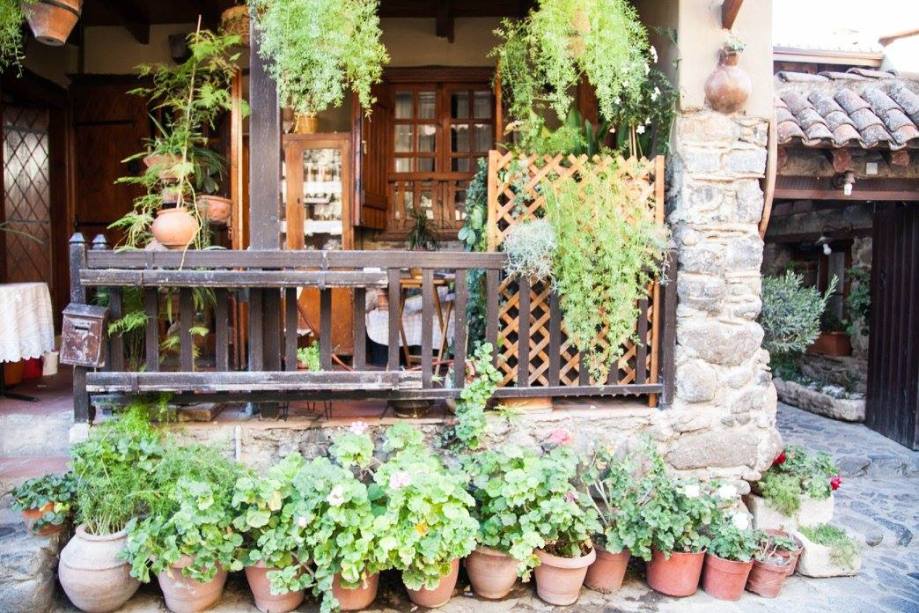







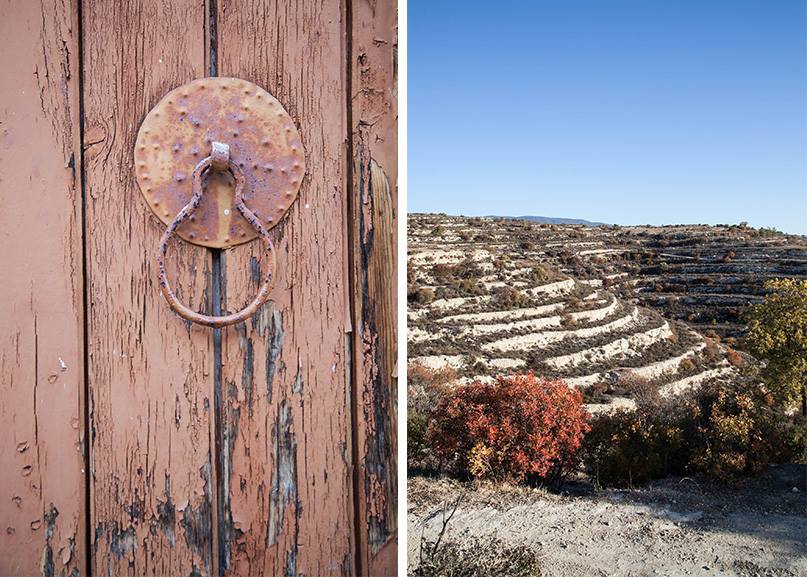

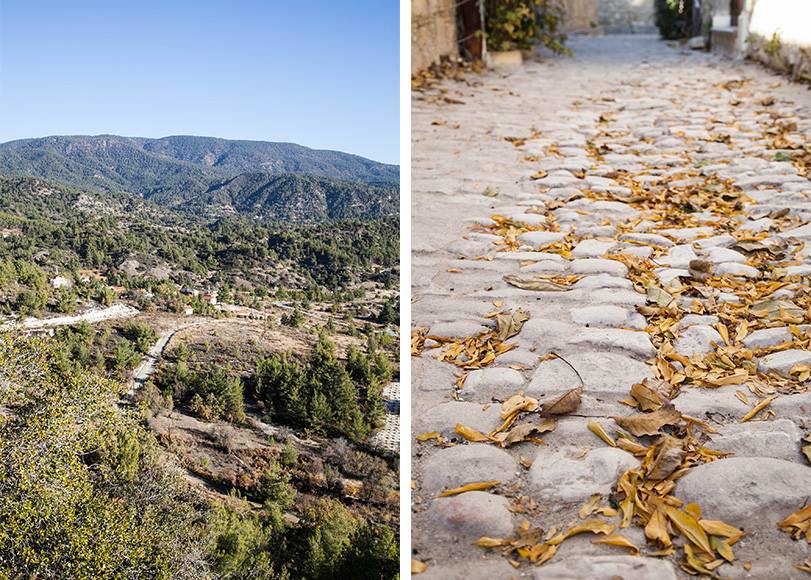





























 \
\











